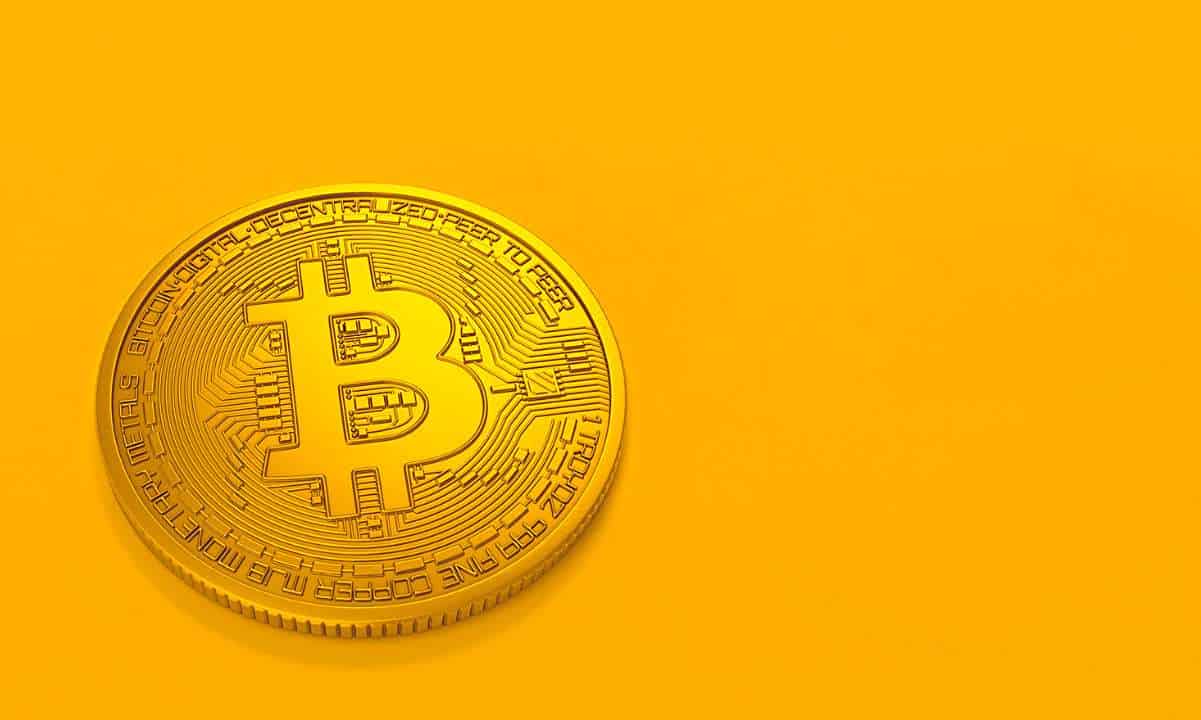

Ordinals – a new and controversial Bitcoin-based protocol – is making its mark on-chain with a record number of Taproot-related transactions, according to the blockchain data provider Glassnode.
Nevertheless, the debate is still hot within the Bitcoin community as to whether the technology should be celebrated or cursed.
The Popularization of Ordinals
Ordinals were designed by Bitcoin Core contributor Casey Rodarmor as a way of identifying individual satoshis on the network. Satoshis are the smallest unit of a Bitcoin (a one hundred millionth of a Bitcoin), named after Bitcoin’s creator Satoshi Nakamoto.
These satoshis can include unique inscribed data like videos and images – a process known as inscription. This means transactions can house NFT-like content within a satoshi, and be stored within the transaction signature once the transfer is completed. The technology is enabled by Taproot – a Bitcoin softfork upgrade that activated in 2021 bringing greater privacy and smart contracts to the network.
As tweeted by Glassnode on Monday, 2.8% of spent outputs on Bitcoin utilized Taproot script this week, as opposed to 1% just a month ago.
ADVERTISEMENT
“With the latest interest in Inscriptions and Ordinals on #Bitcoin, the proportion of spent outputs associated with Taproot has risen dramatically,” stated the firm.
This surge has massively boosted Glassnode’s Taproot adoption metric to an all-time high of 7.47%, and its Taproot utilization metric to 2.84%. Meanwhile, Ordinals itself logged its largest number of single day NFT mints on Sunday, with the number only on a clear uptrend.
Many Bitcoin developers are opposed to the rising use of Bitcoin block space for this purpose, including Adam Back, who called it a “sheer waste and stupidity of an encoding.”
Lightning Usage Rising
Bitcoin’s lightning network is also seeing increased activity as of late, with network capacity surging to an all-time high of 5,354 BTC on Monday. At current prices, that’s $123 million locked inside the layer-2 network – which improves the speed and cost-efficiency of Bitcoin transactions without bloating the blockchain.
The number of lightning network nodes has recently risen above 16,000, while the number of opened channels sits at 76,554.
Lightning Labs is currently building a protocol called Taro with the hope of bringing tokenized assets – like NFTs and stablecoins – to Bitcoin’s lightning network.
Binance Free $100 (Exclusive): Use this link to register and receive $100 free and 10% off fees on Binance Futures first month (terms).
PrimeXBT Special Offer: Use this link to register & enter POTATO50 code to receive up to $7,000 on your deposits.
The post appeared first on CryptoPotato






